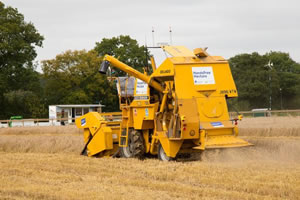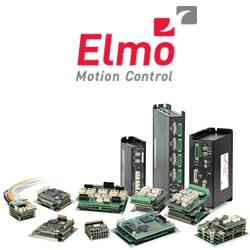UK Farm is First to Complete Fully-autonomous Crop Harvest
 Lauren Scrudato for Laboratory Equipment: A team of researchers from Harper Adams University in the UK say they are the first in the world to complete a harvest – from sowing and fertilizing all the way through to the actual harvest of the crop – using robotic technology and autonomous vehicles.
Lauren Scrudato for Laboratory Equipment: A team of researchers from Harper Adams University in the UK say they are the first in the world to complete a harvest – from sowing and fertilizing all the way through to the actual harvest of the crop – using robotic technology and autonomous vehicles.
The project, called Hands Free Hectare, was conducted on a farm in the village of Edgmond in the UK.
The team successfully harvested 4.5 metric tons of spring barley, just short of their goal to get 5 metric tons.
The team worked with Precision Decisions, a precision farming services company, which also partially funded the project.
They completed the task with basic, commercially-available agriculture machines and open-source software typically used to guide hobbyists’ drones. They equipped the farming machines with actuators, electronics and robot technology, which enabled them to control the machines without a human operator required to be present in the field. Full Article:
Comments (0)
This post does not have any comments. Be the first to leave a comment below.
Featured Product

